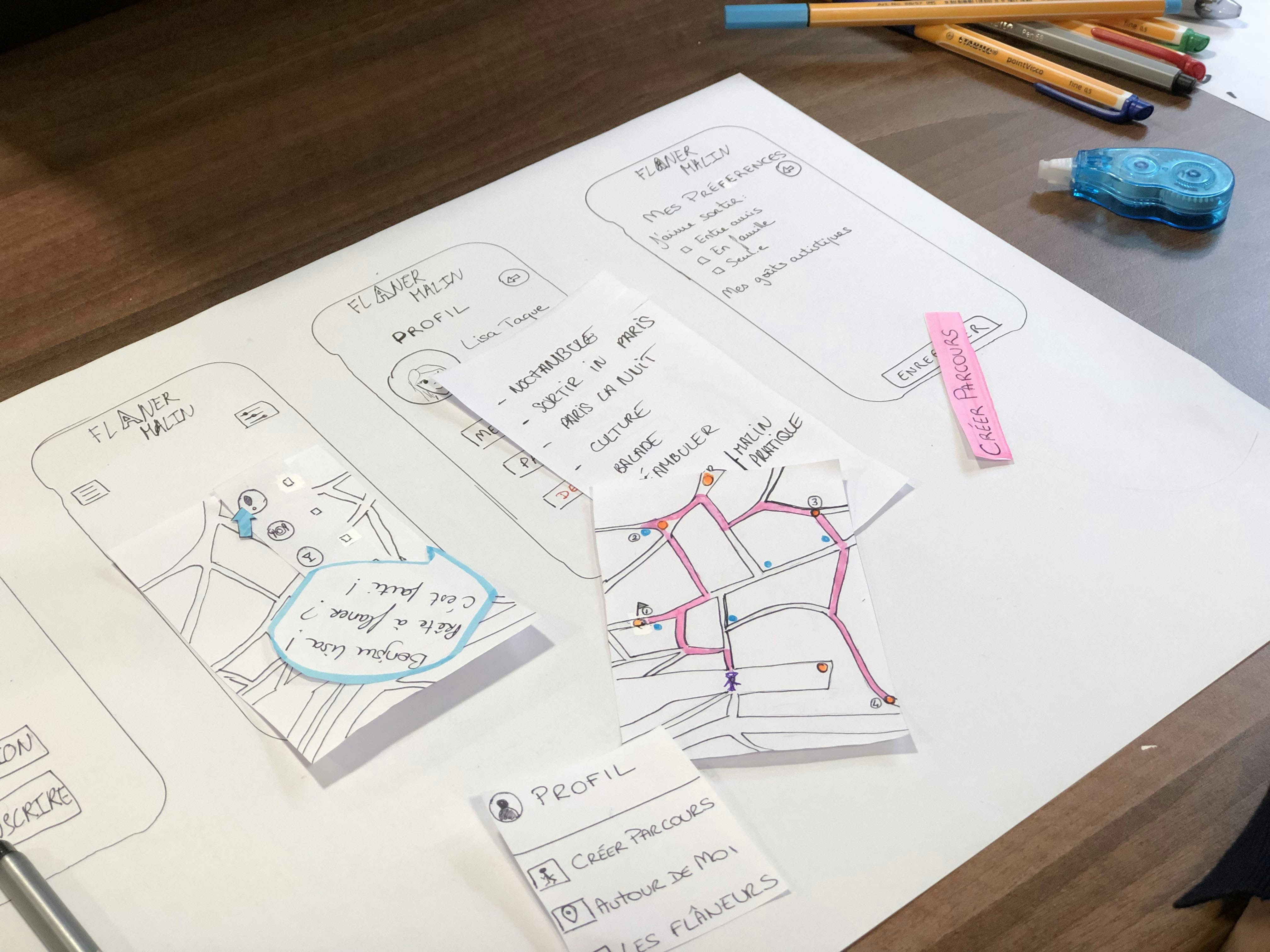Embrace Serendipity: Create Online Courses for Explorative Learning
In an age where learning can sometimes feel structured and uninspired, we often overlook the power of serendipity—those delightful moments when unexpected discoveries lead to genuine learning. Designing online courses that celebrate spontaneity can awaken curiosity and ignite passions. With the rapid evolution of digital education, it's time to reimagine what online learning can be by encouraging exploration and creativity. This article will delve into how you can create an engaging online course, leveraging serendipitous learning to foster an environment where students thrive and uncover their potential.
Understanding Serendipitous Learning
Serendipitous learning refers to those instances when individuals encounter new information or skills unexpectedly, leading to profound insights or further exploration. To emphasize this concept in online courses, it’s essential to recognize the current trends and backgrounds that shape students' expectations and experiences. According to a study by Harvard Business Review, engagement in learning is dramatically influenced by how actively students participate in their education. By implementing spontaneous learning environments, educators can develop a richer educational experience that blends structure with exploration.
The Role of Curiosity and Creativity
Curiosity is the engine of learning. It propels individuals to dig deeper, ask questions, and unlock new doors. When we design courses, integrating elements that foster curiosity can enhance the overall learning experience. Encouraging students to explore areas of interest before diving into predetermined content allows for a more personalized and meaningful journey.
At this point, it may be beneficial to incorporate the ideas shared in previous articles, such as sonic learning environments and gamified compassionate learning. These approaches align perfectly with serendipitous learning, as they instigate emotional engagement and motivation.
Crafting a Flexible Curriculum
A rigid course layout may stifle discovery. Instead, consider a flexible curriculum that allows learners to venture off the beaten path. Integrate project-based learning where students can choose their focus, delve into real-world problems, or pursue personal interests. This autonomy not only cultivates serendipity, but it also empowers students to take ownership of their learning.
For instance, students interested in environmental science can collaborate on projects that are meaningful to them while utilizing resources dynamically. Such an approach is not just beneficial for student engagement; it also equips learners with essential skills for the future job market, as they are trained to correlate theoretical knowledge with practical applications.
Designing Interactive Learning Experiences
To inspire spontaneity within your online course, you must craft interactive experiences. Utilize engaging formats such as webinars, workshops, discussion forums, and breakout groups to encourage students to connect with their peers and instructors. The social aspect of learning can lead to those serendipitous moments of inspiration as students share ideas, challenge perceptions, and provide fresh perspectives.
Consider incorporating storytelling techniques in these interactions, as outlined in interactive storytelling. These narratives can draw students into your lessons, fostering emotional investments and sparking their creativity.
The Power of Multisensory Learning
Multisensory experiences can significantly influence the learning process. By incorporating various sensory elements into your courses, you appeal to different types of learners while promoting an atmosphere ripe for discovery. For instance, use sounds, scents, visuals, or tactile activities to enhance online learning. Research indicates that these elements can reinforce information retention and create a stimulating environment for curiosity.
An additional method worth exploring is the concept of soundscapes. The right ambient sound can invoke relaxation, focus, and creativity, allowing students to engage with their material proactively.
Encouraging Self-Directed Learning
Empower your learners to pursue knowledge at their own pace, allowing them the flexibility to explore various subjects as curiosity arises. Self-directed learning promotes ownership and accountability, essential components for success in today’s fast-paced world. In your course design, integrate pathways that foster exploration, allowing learners to dive deeply into areas that capture their interest.
Additionally, the article Rediscover Self-Directed Learning provides timeless insights into effective methods to incorporate this practice into online courses.
Building a Learning Community
Establishing a community encourages students to share discoveries and insights, cultivating an environment of collaborative learning. Facilitate discussion groups, peer feedback sessions, or study buddy systems that nurture relationships and uncover hidden insights. As students share their experiences, they often find inspiration or lessons they wouldn't have encountered otherwise. This collaboration fosters a sense of belonging and purpose, critical elements in preventing dropout rates in online education.
Take note of how emotional intelligence is tied to community building, as presented in cultivating emotional intelligence. A supportive learning community indeed contributes to student success and satisfaction.
Leveraging Technology for Exploration
The rise of technology has unlocked numerous opportunities to enhance serendipitous learning. Employ tools that facilitate exploration, such as forums, visual content platforms, and dynamic assessment techniques. These platforms can help students discover new areas while remaining engaged and motivated.
For instance, using augmented reality or virtual reality creates immersive experiences. According to the research in the metaverse, these technologies take learning beyond textbooks, allowing exploration of complex concepts in an engaging, interactive way.
Data-Driven Insights
Utilizing data insights can help in crafting personalized learning experiences. By tracking student progress, engagement, and preferences, instructors can devise targeted resources or activities that align with individual needs. Building pathways based on these insights not only enhances student experience but also aligns with their natural inclinations, leading to those moments of serendipitous learning.
Moreover, integrating assessments that encourage self-reflection provides students with the opportunity to engage in their learning actively. This reflective practice can lead to unexpected insights, making the learning process dynamic and deeply personal.
Navigating Challenges in Online Learning
Creating a serendipitous learning environment comes with its challenges. As captivated as students can be by unexpected findings, maintaining a balance between exploration and structure is crucial. Here are some strategies to navigate these challenges effectively:
Setting Clear Objectives
While spontaneity is essential, ensuring students understand the course's objectives is also vital. Keep learning outcomes visible and related to their explorations. Assess students based on their understanding of these objectives while maintaining room for free expression and discovery.
Addressing Diverse Learning Styles
Catering to diversity in learning styles is an integral part of course design. Each student's preferred learning path requires flexibility and adaptability. As stated in neurodiversity in online course design, incorporating multiple methods can elevate learning experiences across various student demographics.
Promoting Resilience and Adaptability
As students navigate their learning journeys, it’s essential to nurture resilience and adaptability. Emphasize that mistakes are part of the learning process and a catalyst for discovery. Incorporate lessons on embracing failure, as explored in gamifying failure. This perspective can take the fear out of experimentation, making the learning experience more accessible and enjoyable.
Tools to Foster Serendipitous Learning
Several online tools can enhance the process of creating serendipity in course design. Below are a few that can significantly contribute to a dynamic online curso experience:
1. Learning Management Systems (LMS)
Choose a versatile LMS that encourages student engagement through activities, quizzes, and forums. A flexible platform helps keep the learning environment stimulating and interactive.
2. Collaboration Software
Consider using collaborative tools like Google Workspace or Microsoft Teams, which allow students to work together seamlessly.
3. Exploratory Platforms
Drift towards platforms that encourage exploration beyond the typical curriculum; MOOCs (Massive Open Online Courses) provide opportunities for learners to engage with new subjects.
Final Thoughts: Embrace the Art of Learning
Creating online courses centered around the concept of serendipitous learning can drastically enhance the student experience. By embracing spontaneity and curiosity, you can transform traditional methods into engaging educational adventures. Foster an environment where exploration is encouraged, learning is collaborative, and creativity is paramount.
As you move forward, consider the elements discussed here. Build courses that provide structure while inviting the unpredictable spirit of discovery. Ultimately, education is not just about imparting knowledge but about inspiring growth, and serendipitous learning is key to unlocking the full potential of every student.













